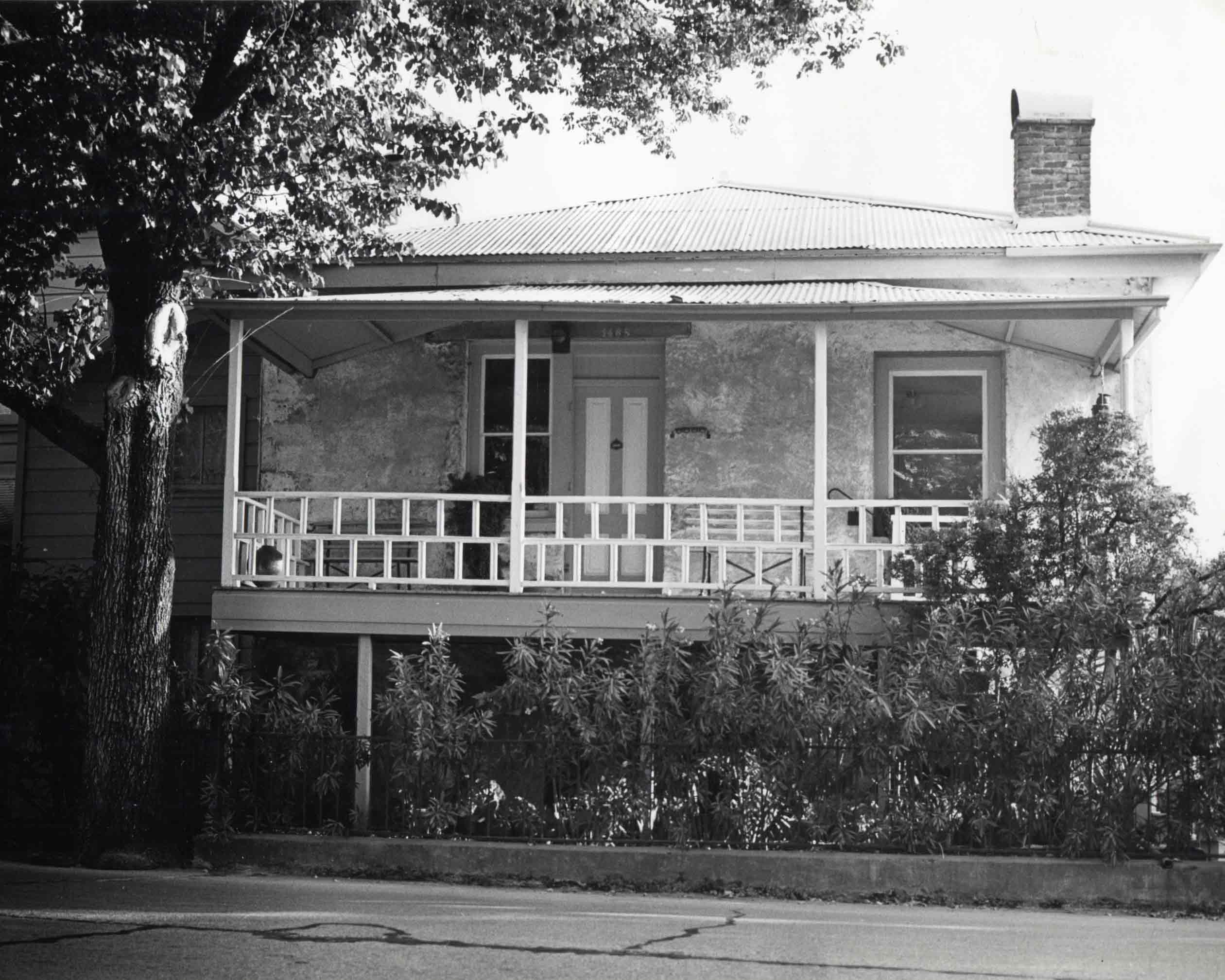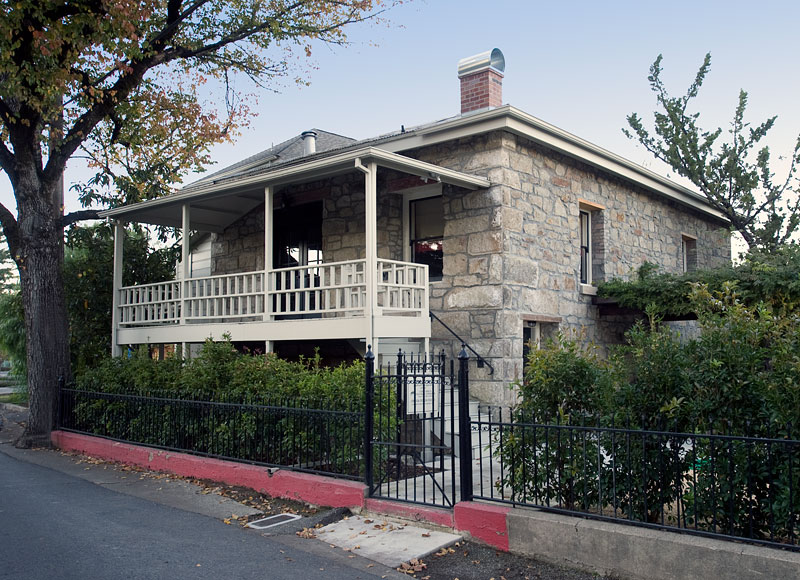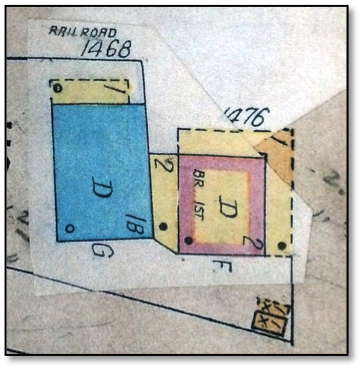1468 Railroad Avenue
In 1877, at the height of the early boom times for the California wine industry, pioneering Sherry-maker John Ramos built his Sherry Factory. Ramos was an immigrant from Madeira, Portugal, where phylloxera (a plant louse that is a pest of vines) had ruined the winemaking island in the mid-1800’s. Ramos first worked in Napa but traveled up to St Helena to work with wine pioneer Dr. Crane in the mid to late 1870’s. Ramos built the Sherry House with the full intention of developing a new world Sherry style, different than his homeland Madeira style.
The Ramos Sherry House is a two-story stone building, rectangular in shape with a hip roof. The massive walls reflect its original use as a Sherry facility with the Sherry baking ovens on the second floor. Inside the building, the bending of the floor joists are from the weight they once carried when Sherry was baked in large, heavy containers on the upper level. Now the Ramos Sherry House is private offices.
Like many wineries and commercial buildings built in St. Helena during the late 19th century and early 20th century, the Ramos Sherry House was built with huge hillside timbers, stone aggregate mortar and native, quarried stone, also known as trachytic tuff. This type of tuff is a remnant of the valley’s volcanic history. The locally mined stone was relatively inexpensive, fire resistant and had good insulating properties, a benefit in the winemaking process.
A porch was added later. A newer middle structure joins the building with the former Johnson’s Depot Saloon. John Ramos initiated the Sherry Cellar now called “The Sherry House”. Later, Frank Sciaroni became a partner and both became involved with the well-known viticultural pioneer, Dr. George Belden Crane. In 1880, Frank Sciaroni established his own Sherry factory on the corner of Main and Charter Oak Avenues, south of the main commercial district of St. Helena.
The Sherry Building on Railroad Avenue had convenient access to the railroad yard for loading and unloading, as well as to the major warehouses in the area for storage. Several offices now occupy the building.
The Sherry Building, along with the Depot Saloon, was placed on the National Register of Historic Places on August 30, 2007.



